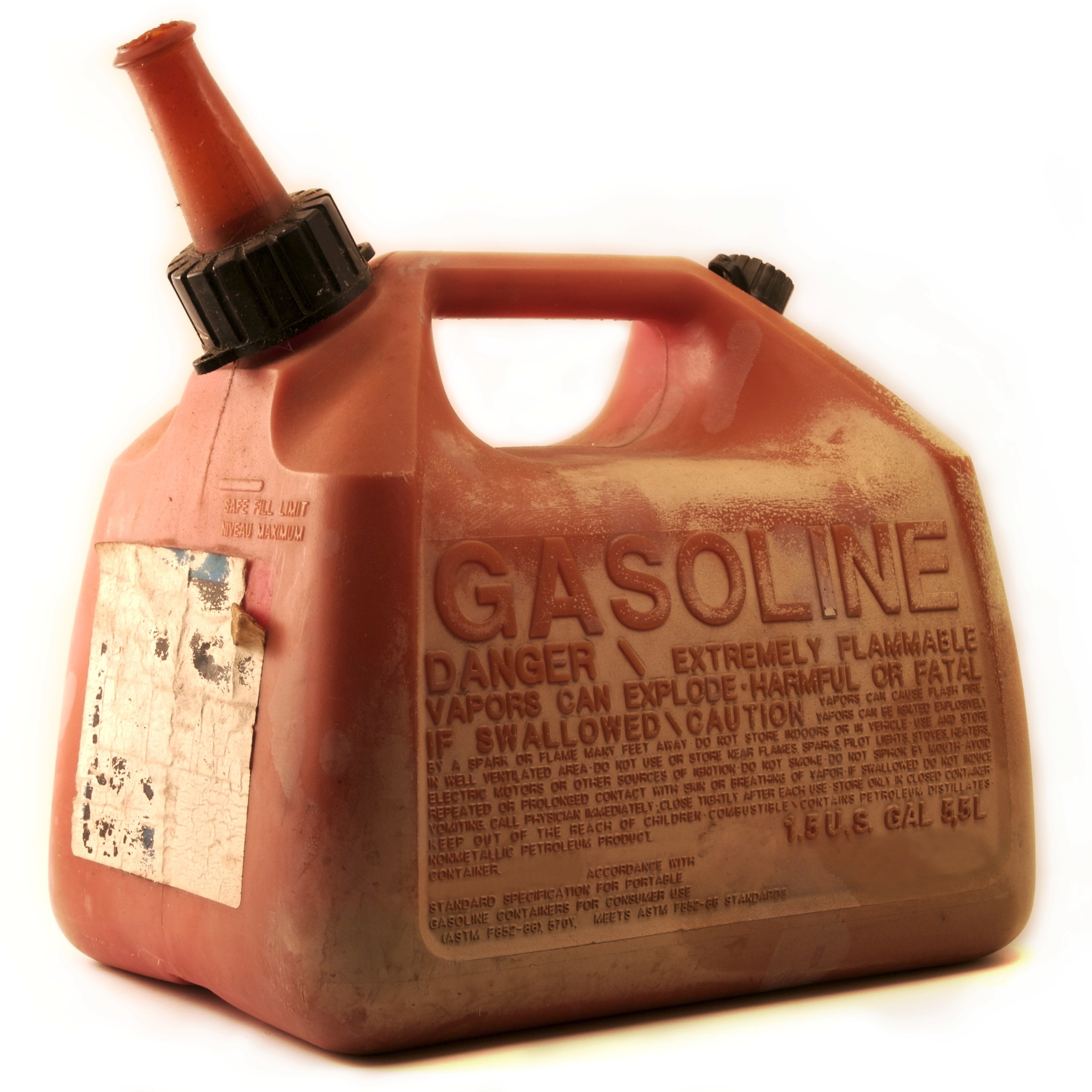Energy
A Threat of Higher 2018 Gas Prices as Oil Hits 2.5 Year Peak

Published:
Last Updated:

Gasoline prices are driven by several things, including proximity to refineries, states taxes and levies, and oil prices. Oil prices have the largest effect by far. The price recently ticked above $60 for the first time in two and a half years. That means gas prices are likely to rise early next year. It is too early to say by how much and whether the trend will continue.
The price increase from June has been particularly steep. Seven months ago, oil prices were below $45 a barrel. Interruptions in supply, rumors of interruptions and a decision by OPEC to constrain demand have triggered a large part of the increase. Shale oil supply from the United States and Canada has been a counterweight, but not by enough to keep prices stable at below $50.
The average price of gallon of regular gas nationwide is $2.48, according to the AAA’s gas price database. A year ago, that number was $2.33. Based on those numbers, the point could be made that oil prices have not made much of a dent in gas prices. But much of the run up in oil is recent.
The AAA’s researchers have said that the holidays will drive prices higher. It is harder for them to estimate what happens in January. If oil price increases are passed along, the holiday rise may be only a start.
One thing that is certain is that the effect of gas prices is uneven across the country, which means how it hurts or helps the pocket books of consumers is uneven. AAA reported:
The nation’s top ten least expensive markets are: Alabama ($2.17), Texas ($2.17), Mississippi ($2.18), Arkansas ($2.18), Oklahoma ($2.19), South Carolina ($2.20), Missouri ($2.20), Louisiana ($2.22), Kansas ($2.22) and Tennessee ($2.23).
Many of these are near the big refineries south of Houston on the Gulf. Even if the price rises in these states, it should remain well below the national average. Drivers in other states are not as lucky. The price of an average gallon of regular is over $3 in Hawaii, Alaska and California. The California number means a meaningful portion of the U.S. population is paying high gas prices. The state has almost 40 million residents, against a national population of 323 million.
Odds are good that gas prices will rise next year. If oil prices continue to march upward toward $70 a barrel, the increase could be a big one.
After two decades of reviewing financial products I haven’t seen anything like this. Credit card companies are at war, handing out free rewards and benefits to win the best customers.
A good cash back card can be worth thousands of dollars a year in free money, not to mention other perks like travel, insurance, and access to fancy lounges.
Our top pick today pays up to 5% cash back, a $200 bonus on top, and $0 annual fee. Click here to apply before they stop offering rewards this generous.
Flywheel Publishing has partnered with CardRatings for our coverage of credit card products. Flywheel Publishing and CardRatings may receive a commission from card issuers.
Thank you for reading! Have some feedback for us?
Contact the 24/7 Wall St. editorial team.